Letv may have been the first ever phone maker to launch a Snapdragon 820 phone, but it seems that wasn’t enough to fill the company’s appetite.
It’s been learnt that Letv will be launching a few more phones powered by the same Snapdragon 820 processor. That said, Letv will be hoping that the Snapdragon 820 doesn’t face the wrath of critics and users akin to the Snapdragon 810.
What Letv had to say:
Letv has already established itself as one of the world’s leading innovators and our decision to include the Snapdragon processor 820 in our new devices demonstrates our commitment to create and deliver the best technology available to our customers.
There are a lot of advantages that come from using the new Snapdragon 820. For one, Sense ID makes fingerprint security a breeze, while making it discreet and unobtrusive.
What do you expect from this upcoming series of Snapdragon 820 phones from Letv? Quite a bit, we’re guessing!

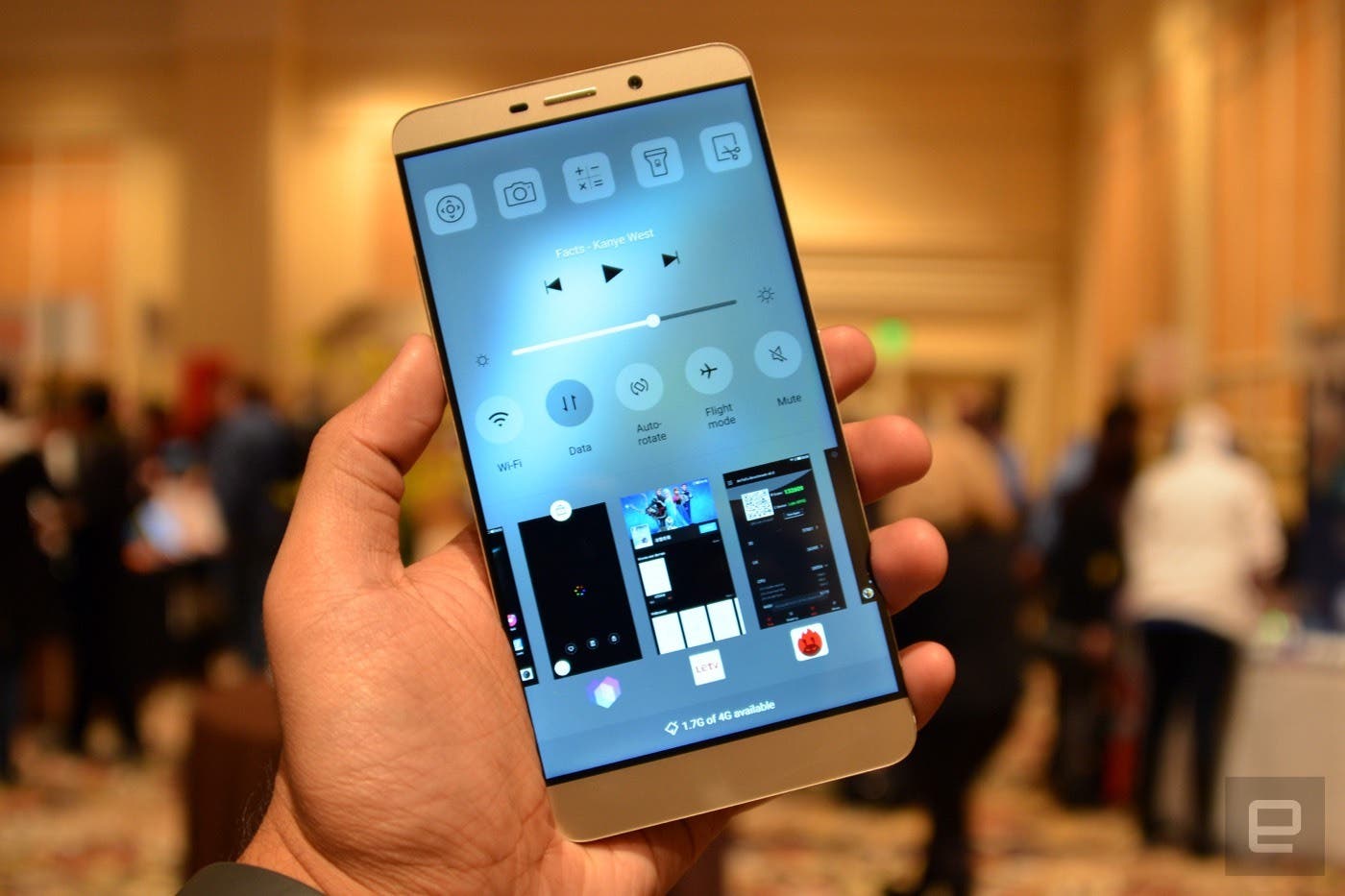
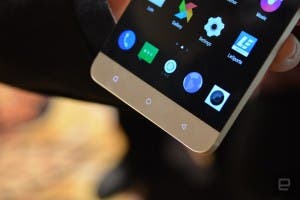
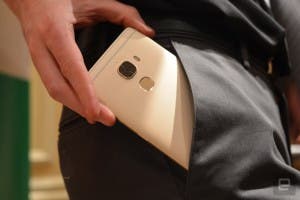
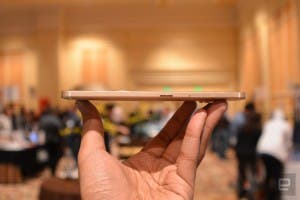
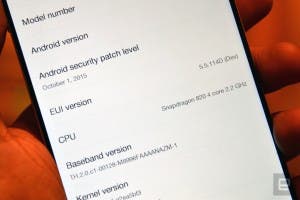
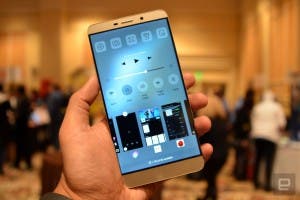
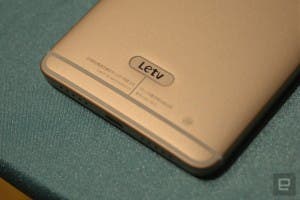

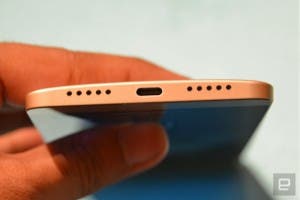
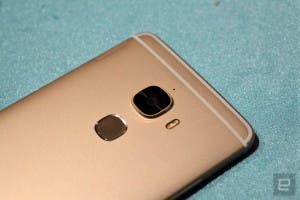
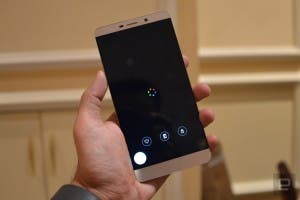




I wouldn’t expect much form SD820 phones as phone makers seem eager to stop pushing other specs up. If they go into PC mode where just the SoC gets updated , the fun is over. When your high end is 1440p and 4GB of RAM, and phones 2-3 times cheaper offer the same but with a slightly slower SoC, it gets a lot harder to sell high end.
As for this device, if it had microSD and was at least 1cm shorter it would have been fine. Except the price ofc.The fingerprint is no upside, what is nice if wifi ad but only if they have cool peripherals and accessories with it.
We’ll have to see if they sold out to Qulacomm ,it appears so. Wouldn’t be good if all their products will use Qualcomm even when Qualcomm doesn’t have the best options.
Well said.
They shouldn’t forget that
their hotest selling product was letv x600 with the Helio X10,
cheap and great all-around.
I don’t know what margin of profits they had with this soc but anyway many friends bought it and still enjoying it.
I hope they produce X20 variants of their next phones too.
Same build quality with a cheaper Soc to lower price and gain worldwide visibility.
As long as they don’t have physical presence in foreign countries they must accept that just few people will spend more than a couple hundreds of dollars for a phone with just a virtual long distance guarantee.
If they are interested in exporting even a tiny bit they should follow the X600 path.
I keep hoping for a MTK 5-incher from their stables. If they move to Qualcomm for good now, then I doubt they’ll be able to sell as much as they did with x600/x500 (especially first one).
They need to embed the ultrasonic fingerprint scanner in the screen next. This LeMax Pro with the first version of Sense ID was a disappointment as it’s just the same old physical fingerprint scanner but using qualcomms tech. Whoever releases the first under the display fingerprint scanner will gain the most media interest.
probably a bit late to do that for the Max Pro… but maybe other upcoming devices. And, of course, there’s always next year’s product refresh
I’m personally keeping an eye out to see if Xiaomi release the next iteration of the Mi Note (Mi Note 2?), hoping they can implement the under the display scanner. If not, then I’ll wait until October for this years Nexus phones as I’m hoping by then, Google would’ve had enough time to figure out how to implement it properly.